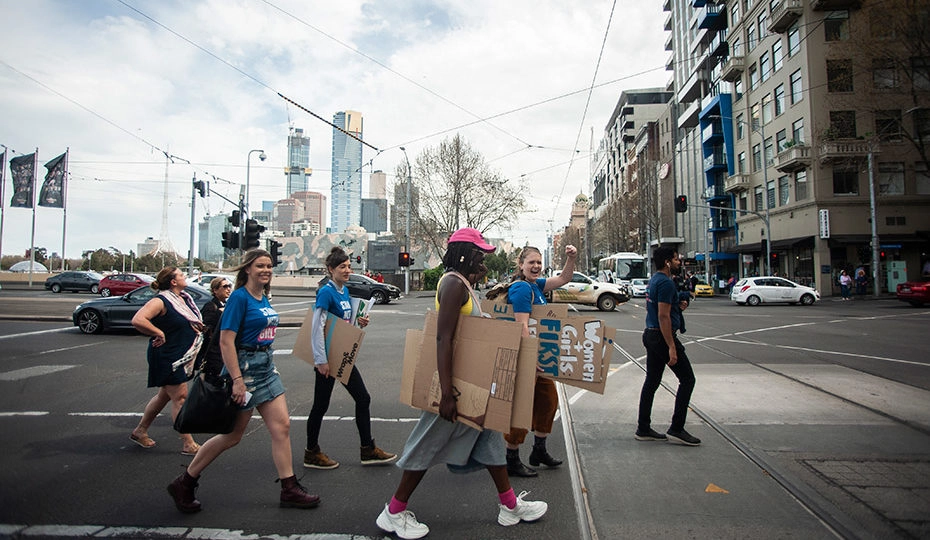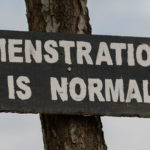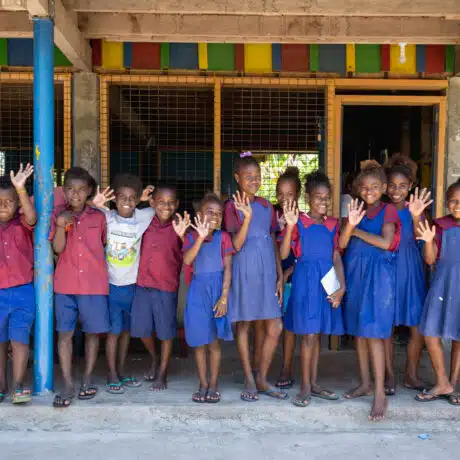News and Stories - Climate Change - 8 July 2015
The impact of climate change on children: Understanding the issue

Climate change is having a real impact on the lives of children, especially children living in poor communities. And as one of the biggest emitters of greenhouse gases in the world, Australia has an opportunity to take action now and make a real difference in the future.
Every day we see real impacts of climate change. Estella, a girl in the Philippines, tells us that the ocean is closer to the houses than it used to be. Kau, a farmer in Indonesia, talks about the struggles of finding water during the dry season.
Through our work in the field, we are seeing and hearing endless stories about how there isn’t enough food and water to go around, and that people’s environments are changing before their eyes.
But who is responsible? We all are.
The first step: understanding the issue.
Here are seven ways climate change impacts kids around the world.
1. It’s a threat to everyone but especially children living in the poorest communities.
Climate change is unfair to children and young people. Big-polluting countries like Australia and the USA are most responsible for climate change – especially when you look at per capita emissions.
Yet while children in the least developed nations have contributed the least to this global problem, they’re most at risk of its effects.
2. It means there’s less of the things children need to survive.
Children born in the past, now or in the future all share the same right to live in a world where they can reach can access their fundamental human rights to food, water, protection and education.
These are basic human rights – and they are also required for children’s basic survival.
Climate change is threatening the lives of children living in poverty more than ever before.
3. It is a barrier to clean drinking water
Climate change is making it harder for communities to access clean drinking water. Flooding, storms and cyclones contaminate water supplies and rising sea levels make water more salty. More frequent drought dries up natural fresh water sources.
Without clean water, we see more children dying from diarrhoea, or spending more time on fetching water from other water sources.
Every year, two million children under five years old die from diarrhoea – many because of the effects of climate change.
4. It is resulting in more frequent, and more devastating, disasters
Climate change is increasing the occurrence of extreme weather events and natural disasters.
When disaster strikes, children living in developing nations are at higher risk of injury or death than most adults because of their smaller size and reliance on older people for their survival. Girls are especially at risk as they are often unable to swim or are at home when disaster strikes.
5. It is another barrier to education
When disasters interrupt children and young people’s schooling, many never return to complete their education, especially girls who are often expected to look after younger siblings while rebuilding takes place.
Climate change is also resulting in more frequent landslides, and flooding which means the journey many kids take to school is unsafe.
6. It is forcing children and their families to migrate – exposing them to conflict, hunger, unfair work and being recruited into hazardous industries
Ultimately, environmental deterioration, drought and natural disasters are predicted to become a significant driver of population displacement and migration in this century.
A deteriorating environment – due to climate change – is estimated will drive the migration of 150–200 million people by 2050. For children and young people, this migration will likely result in disruption in the home and schooling and expose them to a higher risk of civil and political unrest.
7. It means there isn’t enough food to go around
Today, 45 million people are already estimated to be hungry because of climate change. Climate change and drought is driving an increase in global food shortages which are set to dramatically increase the number of children in poor countries not getting enough to eat.
Unless we act now, future generations of children and young people will inherit a world in which it will be much harder to survive or thrive.
Plan International’s projects work with children and communities to prepare them for the impacts of climate change.



